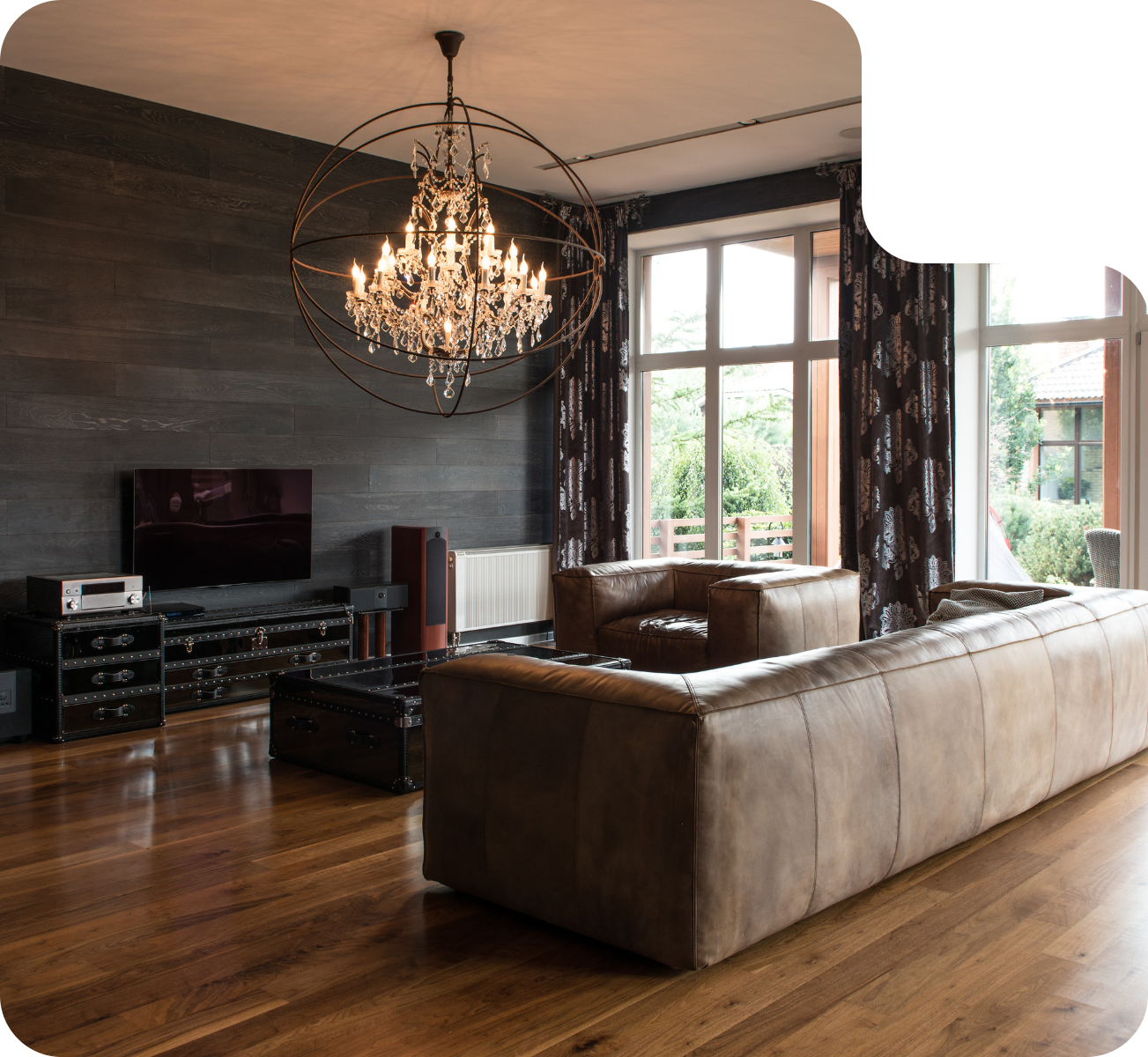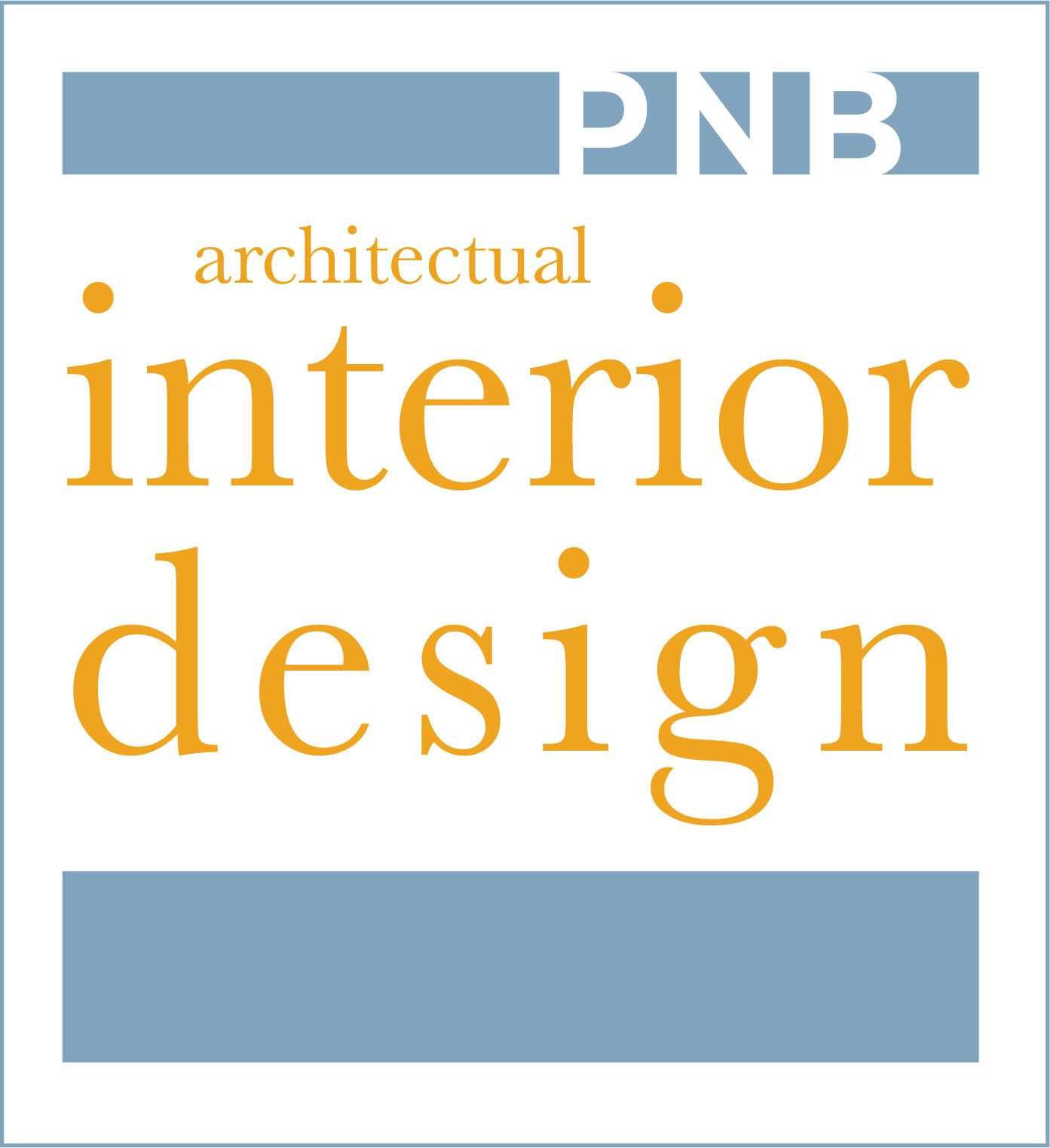Smart Home Interior Design: Blending Aesthetics and Technology
Discover how to blend smart home technology with timeless style.

Smart home interior design brings technology and aesthetics together so a house works beautifully and looks cohesive. It is more than adding devices. Done well, the system architecture, wiring, controls, and fixtures are planned with the same care as cabinetry, finishes, and lighting design. At PNB Interior Design, Inc., serving Massachusetts and Maine, we integrate smart systems into new builds, whole home renovations, and historic updates. Within the first conversation we map lifestyle needs, privacy concerns, energy goals, and the look you want, then design a plan where technology fades into the background and the interior takes center stage.
Why smart homes matter in New England
New England homes contend with long winters, dramatic daylight swings, and a mix of historic and coastal architecture. Smart controls improve daily life in practical ways. Automated lighting schedules keep interiors bright on short winter days. Zonal heating reduces energy waste in seldom used rooms. Motorized solar shades protect furnishings from glare on the coast. Remote monitoring secures seasonal properties in Maine. For growing families in Massachusetts suburbs, unified control simplifies routines and raises resale value. The point is comfort and performance without visual clutter or design compromises.
Core elements of smart home interior design
Smart lighting
Lighting design is the most visible intersection of technology and interiors. We begin with layers. Ambient lighting provides overall illumination, task lighting supports work like chopping at the kitchen island, and accent lighting highlights art or millwork. Smart systems create scenes that recall precise levels across the space. Morning scenes can lift color temperature for focus. Evening scenes soften output for relaxation. Dimmer modules and drivers are concealed. Wall controls are specified in finishes that complement hardware. In historic rooms, classic plate styles house modern keypads so the aesthetic remains consistent.
Climate control
Heating and cooling are the largest energy loads in New England homes. Smart thermostats and radiant heating controls learn patterns and balance comfort with efficiency. Zoning keeps bedrooms cooler at night and brings living spaces to temperature before you wake. Vacation modes protect seasonal houses while minimizing consumption. We coordinate grille placement, radiator covers, and thermostat locations so controls are accessible but discreet. When a project includes a new mudroom or addition, we design insulation, window specs, and mechanical zones together so the smart system has the envelope it needs to perform.
Window treatments
Motorized shades and draperies provide privacy, light control, and insulation. For coastal Maine properties, we often specify dual rollers, pairing a sheer solar screen with a blackout fabric. In Massachusetts colonials, tailored roman shades with concealed tracks preserve the traditional look while delivering automation. Fabrics are selected to support the palette and acoustics. Shade pockets, wiring, and access panels are drawn early so the ceiling lines stay clean. Control is grouped by room and by facade so one touch can drop west facing shades on summer afternoons.
Audio and visual integration
Entertainment should disappear when you want a quiet living room. We design millwork that conceals televisions, sound bars, and subwoofers, with ventilation and service access built in. In family rooms we recess speaker grilles flush to the ceiling and color match them to paint. In primary suites we size closets to house network switches and streaming devices. In open plan kitchens we coordinate pendant heights to avoid glare on the screen across the room. Cable paths are planned before drywall so no conduit is visible after move in.
Security and networking
Door stations, cameras, and access control bring peace of mind, particularly for seasonal homes. Our goal is to make them nearly invisible. Cameras can be integrated into soffits or columns. Door hardware aligns with the interior finish package. We specify network gear that supports the load of streaming, work from home, and building systems without dead zones. Structured wiring panels are placed where noise will not carry and where technicians can service equipment without disturbing family spaces.
Levels of integration
Every home can be smart, but not every home needs the same scope. We plan for three tiers that share a design mindset.
Entry level focuses on impact with minimal construction. Smart thermostats, retrofit dimmers, and a video doorbell reduce energy use and improve security with little disruption. Mid level adds centralized lighting, motorized window treatments, multi room audio, and a basic rack with power conditioning. Whole home integration unifies lighting, climate, shades, security, and AV under one interface with scenes that span rooms and schedules. Even at entry level we design wiring paths and equipment locations so the system can expand without tearing into finished spaces.
How to plan a smart home upgrade
Start with goals. If energy savings is the priority, begin with zoned climate control, insulated window packages, and scheduled shades. If convenience is the driver, prioritize lighting scenes, voice control, and key areas like the kitchen, mudroom, and primary suite. Create a device map that lists fixtures, controls, and equipment room by room. Confirm power requirements and battery backup for critical systems. Align keypad labeling with family language so controls feel intuitive. Establish a single platform for core functions to avoid app overload. Finally, schedule a commissioning period after move in to fine tune scenes and schedules as daily routines settle.
Massachusetts case study
A Northborough colonial needed modern convenience without losing traditional character. The first floor received centralized lighting with engraved keypads that echoed the look of classic plates. The kitchen gained task lighting under every run of cabinet and interior lighting in tall pantry units. The family room’s media wall was redesigned with inset panels that conceal a screen and speakers behind fabric that matches the upholstery palette. Zoned climate control brought the mudroom and office onto their own schedules. Lined linen roman shades with quiet motors protect upholstery from afternoon sun yet read as handcrafted window treatments. All controls were consolidated on a single interface so parents and grandparents could operate the house easily, while a discreet equipment closet keeps routers and amps out of sight and out of earshot.
Maine case study
A Blue Hill waterfront home required seasonal resilience and minimal visual intrusion. The primary challenge was solar exposure. We specified dual roller shades with a coastal neutral palette and integrated the pockets into ceiling coves for a shadow free line. Radiant heating and a smart thermostat maintain a protective set point through winter storms, with alerts tied to temperature drops and power interruptions. Exterior cameras were mounted within beam housings to preserve the elevation. A whole home audio system uses small aperture ceiling speakers that vanish against painted boards. The control interface includes a simple away scene that lowers shades, adjusts climate, arms security, and turns off non essential circuits with one command as owners depart for Boston.
Benefits beyond convenience
Smart home interior design improves comfort and adds value, but it also protects finishes and enhances wellbeing. Tunable lighting supports circadian rhythms during short winter days. Coordinated humidity control preserves wood floors and millwork. Quiet motors and acoustic fabrics reduce sound transfer in open plan spaces. For aging in place plans, automated pathway lighting, voice control, and monitored entry improve safety without institutional cues. For sustainability goals, scheduled shades and zoned heating reduce loads so high performance windows and insulation pay off faster.
Common mistakes to avoid
Waiting too long to plan technology leads to visible wires, awkward device placement, and ceilings that need rework. Mixing unrelated platforms creates control fatigue. Overcomplicating scenes frustrates families and drives them back to manual switches. Choosing gear before establishing the design language produces keypads and devices that clash with hardware and fixtures. Every one of these pitfalls is avoidable when integration is treated as a design discipline from the start.
Frequently asked questions
What is smart home interior design?
It is the coordinated design of devices, wiring, controls, and interfaces so technology enhances daily life and supports the aesthetic of the home.
Can smart systems be added to historic New England houses?
Yes. Wireless solutions, shallow back boxes, and careful routing allow upgrades without damaging plaster, paneling, or trim.
Which upgrades deliver the quickest energy savings?
Zoned climate control, scheduled shades on sunny exposures, and occupancy based lighting produce immediate reductions in energy use.
Will the technology look out of place in a traditional interior?
Not when specified correctly. Keypads are available in finishes that match hardware. Speakers can disappear behind fabric. Shade pockets can be integrated into millwork.
How do I avoid juggling multiple apps?
Select a primary platform for lighting, climate, shades, and scenes. Use native app access only for specialized tasks like changing Wi Fi settings or updating security users.
What about reliability during storms?
We specify power conditioning, surge protection, and battery backup for essential controls. Critical alerts can be routed by text or email during outages.
Can I start small and expand?
Yes. Begin with lighting and climate, then add shades, audio, and security as needs evolve. Plan wiring and equipment space early so expansion is clean.
How does smart design support aging in place?
Voice control, automated pathway lighting, video entry, and occupancy sensors reduce fall risk and make everyday tasks easier.
Will this improve resale value?
Buyers increasingly expect integrated lighting, climate, and security. Well designed systems help listings stand out and can shorten time on market.
How long does commissioning take?
After installation, expect a period of scene tuning and user training. Most families settle into a final configuration within the first month of occupancy.
Conclusion
Smart homes should feel effortless. When technology, architecture, and interior design are developed together, controls become intuitive, rooms perform better, and the visual language remains consistent from millwork to keypads. For Massachusetts and Maine homeowners, that means warmer winters, brighter short days, protected coastal interiors, and spaces that welcome family and friends without visible clutter. PNB Interior Design, Inc. manages that integration so your house looks timeless and lives intelligently.
Call to action
Discuss your project with PNB Interior Design, Inc. and explore a plan for smart home interior design that matches your architecture, lifestyle, and budget.
Massachusetts office: 508 328 3231
Maine office: 207 374 7164
Email: pnb@pnbinc.com
Website: PNB Interior Design – https://www.pnbinc.com
Internal links
Residential Building Design – https://www.pnbinc.com/residential-building-design
Interior Design Services – https://www.pnbinc.com/services
Contact – https://www.pnbinc.com/contact
External links
CEDIA Smart Home – https://cedia.net
Energy Star Home Energy Efficiency – https://www.energystar.gov


